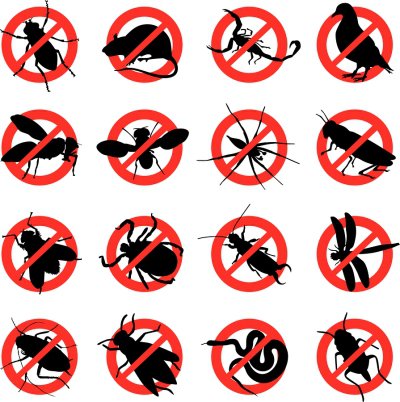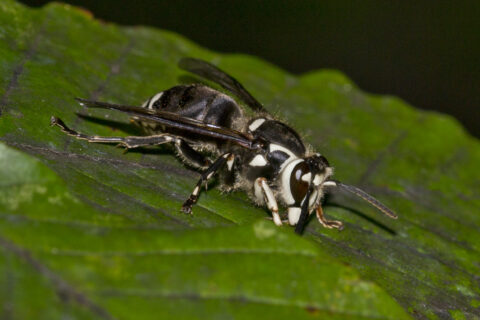Getting the Facts About Asian Lady Beetles

When the weather cools, it’s common for homeowners to see ladybugs indoors. If you’re looking for pest control or an exterminator near Crystal Lake because of an Asian lady beetle problem, you may be wondering where they came from and why they’re in your home.
Asian Lady Beetle Background
Native to Asia, millions of Asian lady beetles are now happily settled in the United States. This insect was originally introduced to the U.S. in the early 1900s as a form of pesticide-free pest control, Initially, they helped manage insects that were destroying pecan, citrus, and alfalfa crops. Until recently, various state and private agencies continued to release these ladybugs in the Northeastern U.S. in order to manage disease-carrying aphids, scale, and mite insects affecting hardwood forests.
Appearance and Habits
These beetles are similar to the ladybugs native to the United States. Their colors can range from cream all the way to red or orange, and they’re small, mostly round, and can have spots or not. However, Asian lady beetles differ from native species in that they can be aggressive, even swarming and biting when in search of shelter. Adult beetles lay clusters of yellow-colored eggs on plants that are in proximity to scale, mite, and aphid colonies. The Asian lady beetle larvae hatch in about a week and begin searching for food, eating as many as 50 aphids per day once matured.
Proofing Your Home
Luckily, Asian lady beetles are not structure-damaging insects. When you see ladybugs in your home, it’s because they are looking for a place to hibernate during the winter. Their preferred food is aphids; during the colder months they seek shelter and live off their stored body fats. The best preventative measure against Asian lady beetles is to seal any holes or gaps that they might use for entry. Ladybugs usually return to the same home every winter, so if you had an infestation last year, you should proof your home against them this year.
Your next best option is to hire Schopen Pest solutions. We can power-spray a chemical around your perimeter that will greatly reduce their numbers.

